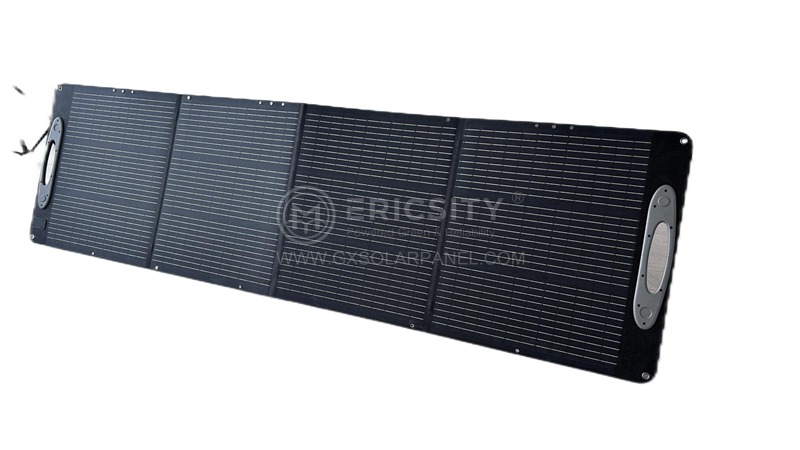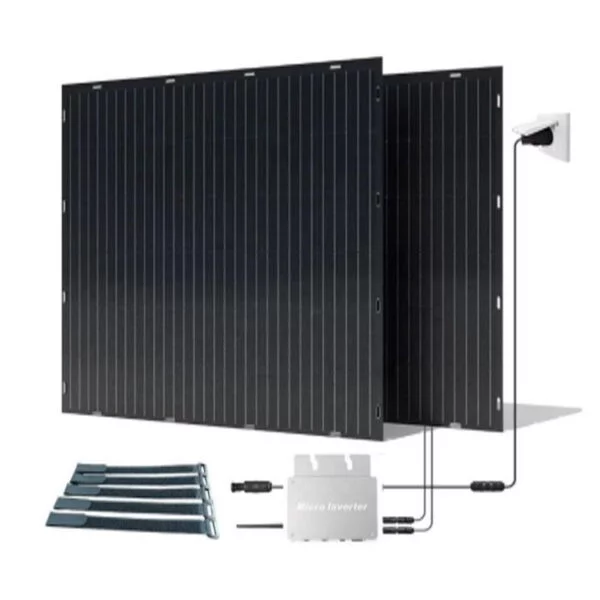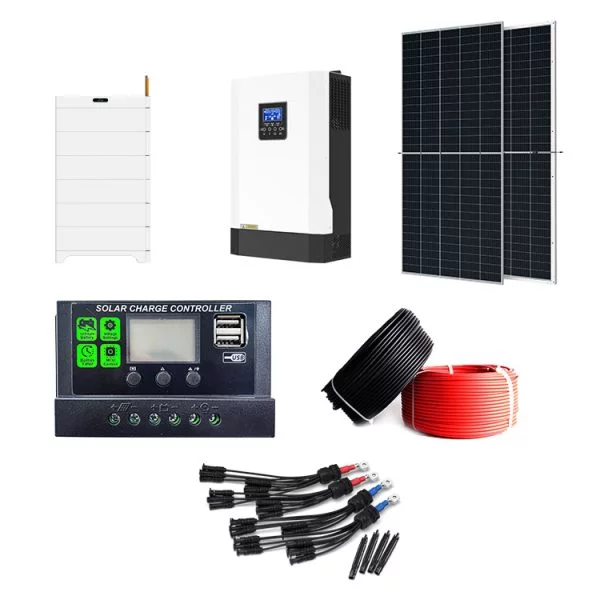HOT PRODUCT
Product Details
aesthetic Solar Design: Incorporating Black Flexible Panels
Aesthetic Solar Design: Incorporating Black Flexible Panels
As renewable energy continues to gain momentum worldwide, the integration of solar panels into architectural design has become increasingly popular. Solar panels not only provide a sustainable source of energy but also have the potential to enhance the overall aesthetic appeal of buildings. In recent years, there has been a growing interest in incorporating black flexible solar panels into architectural designs, as they offer a unique and visually pleasing alternative to traditional solar panels.

Black flexible solar panels, also known as thin-film solar panels, are lightweight and versatile, making them an ideal choice for integrating into various architectural elements. They are made using a combination of semiconductor materials, such as amorphous silicon or cadmium telluride, which allows them to be flexible and bendable. This flexibility opens up a world of design possibilities, offering architects and designers the freedom to incorporate solar panels seamlessly into building exteriors.
One of the significant advantages of black flexible solar panels is their ability to blend in with the architectural design, especially in modern and minimalist structures. The sleek and black appearance of these panels adds a touch of sophistication and elegance to the building’s aesthetics. Unlike traditional bulky solar panels, black flexible panels can be mounted directly onto surfaces, such as roofs or facades, creating a seamless and integrated look. This integration enhances the overall visual appeal of the building, making it stand out as a modern and sustainable structure.
Another aspect that makes black flexible solar panels a popular choice is their adaptability to curved and irregular surfaces. Traditional solar panels can only be mounted on flat surfaces, making it challenging to incorporate them into unconventional architectural designs. On the other hand, black flexible panels can be molded and shaped to fit seamlessly onto curved surfaces, such as domes or spheres. This unique characteristic allows architects to explore more creative and eye-catching design options, adding a touch of innovation to their projects.
Aside from their visual appeal, black flexible solar panels have practical benefits as well. They are lightweight, making them easier to transport and install on-site. Their flexibility also makes them more durable, as they can withstand harsh weather conditions, including high winds and hailstorms. Additionally, these panels have a higher tolerance for shading, meaning that even if part of the panel is obstructed, the rest of the panel can continue generating electricity. This makes them an attractive solution for buildings located in urban areas with limited space and potential shading from neighboring structures.
Incorporating black flexible solar panels into architectural designs not only contributes to sustainable energy production but also provides economic advantages. Solar energy systems can significantly reduce a building’s reliance on traditional energy sources, leading to substantial cost savings on electricity bills. Furthermore, depending on the location and the size of the solar panel system, excess electricity generated can be sold back to the grid, creating an extra source of income for the building owner.


To ensure the successful integration of black flexible solar panels into architectural projects, collaboration between architects, designers, and solar panel manufacturers is crucial. With ongoing advancements in solar technology, manufacturers are constantly improving the aesthetics, efficiency, and durability of these panels. By working closely together, design professionals and manufacturers can develop customized solutions tailored to each project’s unique requirements.

In conclusion, the incorporation of black flexible solar panels into architectural designs offers a visually appealing and sustainable solution for modern structures. Their ability to seamlessly blend with the building’s aesthetics, adapt to irregular surfaces, and provide practical benefits makes them a preferred choice for architects and designers. As renewable energy continues to grow in importance, the integration of solar panels into architectural projects will undoubtedly become even more crucial, not only for energy production but also for the overall aesthetic appeal of our buildings.




